
August 24, 2025
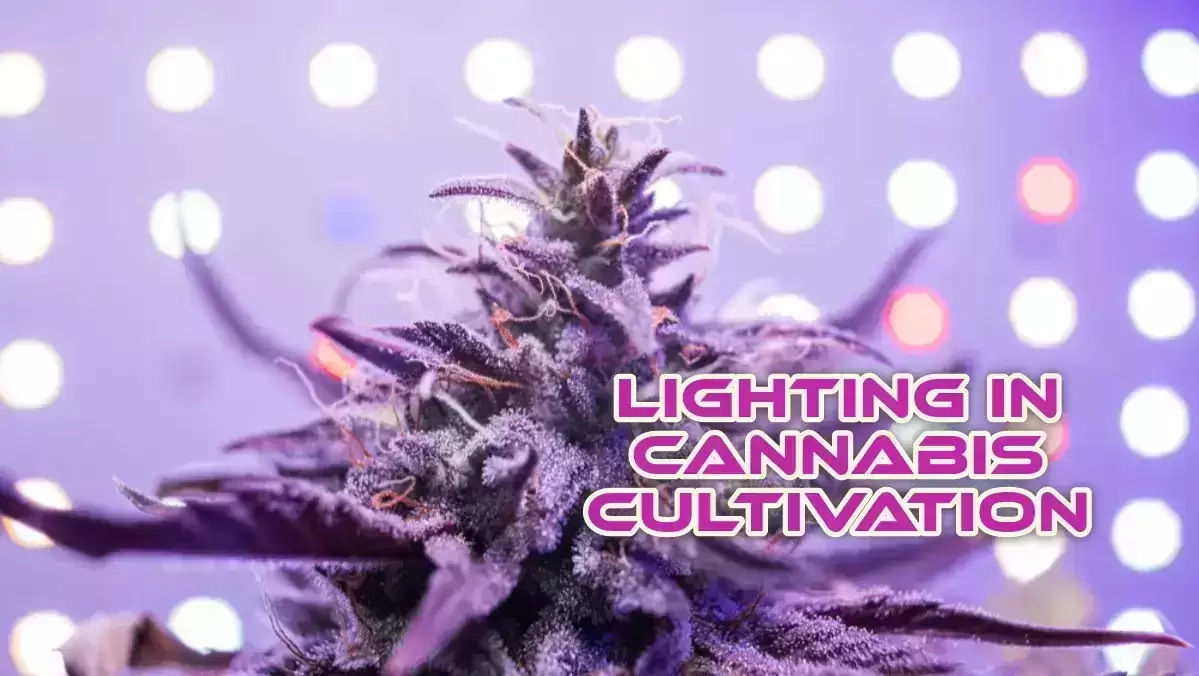
When it comes to the cultivation of cannabis, the role of lighting comes as a significant factor that determines the development of the plant. To obtain optimal growth in cannabis plants, the purpose of this article is to conduct a comprehensive investigation of the relevance of lighting and its consequences. To successfully cultivate cannabis, it is essential to have a solid understanding of the complex relationship that exists between light and plant physiology.
The interaction of the plant with light is controlled by the process of photosynthesis, which lies at the core of the plant. This article aims to provide a comprehensive overview, focusing on the fundamental aspects of light spectrum, intensity, and duration. The difference between natural sunlight and artificial lighting sources, such as LED, HPS, and MH, will be examined to better understand the various effects that each type of lighting has on the growth of cannabis.
You will also find out the relationship between light and temperature, with the goal of revealing the interrelated factors that affect the plant's metabolic activities. In addition, you will go over some practical considerations for indoor growing setups, including a discussion of frequently encountered difficulties and an outline of the most effective methods.
The metabolic process known as photosynthesis is the fundamental mechanism that drives plant growth. When it comes to cannabis, having an in-depth knowledge of the complexities of this process is essential for optimal cultivation. A biological process known as photosynthesis is responsible for transforming carbon dioxide and water into energy.
This transformation takes place in plants, including cannabis, with light serving as the primary activator. This process occurs in chloroplasts, which are parts of cells where the magic of light absorption and energy transformation happens.
The interaction of chlorophyll pigments is the driving force behind the multi-step photosynthesis process in cannabis cells. Chlorophyll a and b comprise most of these pigments, which are responsible for absorbing light energy from the visible range. The plant's principal energy source is glucose, which is produced as a result of this absorption, which sets off a chain reaction of chemical events that culminate in glucose production.
It is impossible to overstate the significance of light in weed cultivation. Throughout the many phases of its development, cannabis plants make a preference for particular wavelengths of light. Blue light is essential during the vegetative stage of plant development because it helps to promote the formation of robust leaves and structural components.
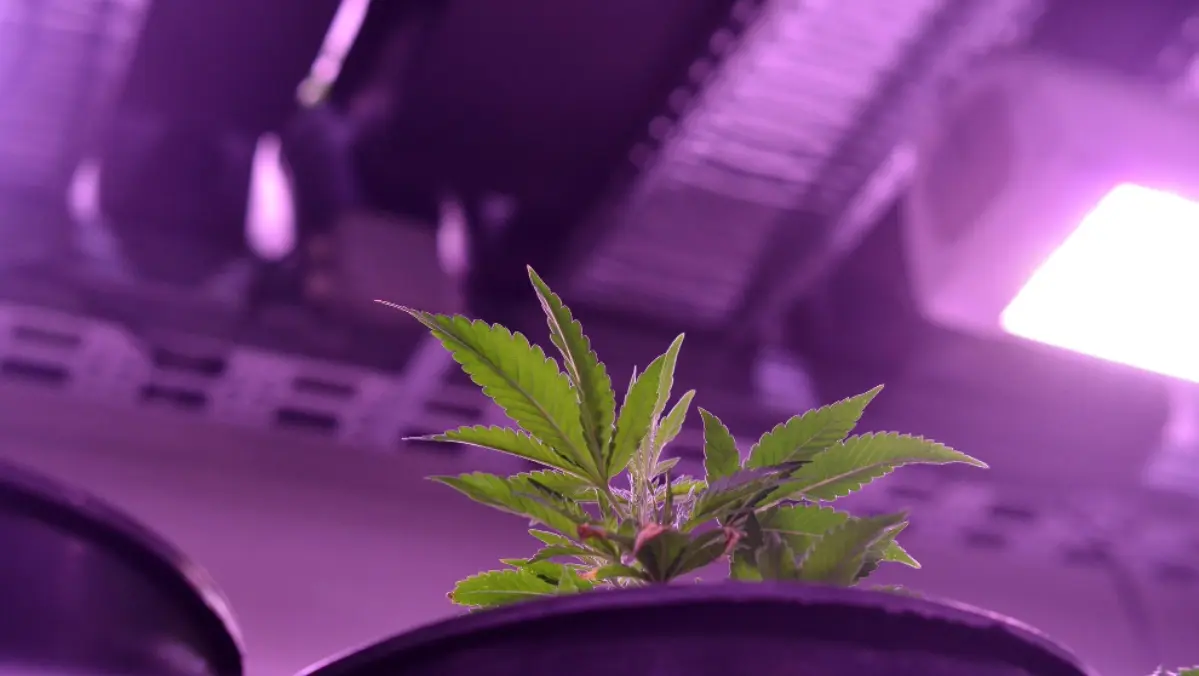
To stimulate the creation of flowers and buds, red light becomes increasingly important when plants go from vegetative to blooming. In order to ensure that the circumstances for photosynthesis are optimal during the whole life cycle of cannabis, it is necessary to arrange the light spectrum, intensity, and duration carefully.
Cannabis growers can make educated decisions on lighting techniques if they first study the complexities of photosynthesis within the context of cannabis growth. Not only does the effective use of light energy provide fuel for the plant's metabolic activities, but it also helps to maximize yields and produce high-quality cannabis.
When it comes to cannabis production, one of the most important decisions to make is whether to use natural sunlight or artificial lighting. Each option comes with its own set of benefits and factors to consider. Natural sunlight, which is abundant and prosperous in a wide variety of wavelengths, serves as a source of energy for plants that have evolved over time. However, some obstacles must be overcome to use this natural resource, particularly for indoor farmers. Controlling the intensity of sunlight and the length of time it is present becomes a technical difficulty, which requires different methods to be implemented.
Here comes artificial lighting, a specialized method that allows growers to have accuracy and control over the growth environment. There are numerous varieties of artificial lights, each of which has unique spectral properties, and each is designed to cater to particular stages of cannabis growth. The ability of growers to alter the light spectrum and maximize circumstances for photosynthesis has been made possible by this technological assistance, which has transformed the process of indoor production.
Integrating state-of-the-art technology with the latest methods of cultivation is of great significance in the dynamic field of horticulture. California LightWorks has been at the forefront of this intersection, dedicating its efforts to researching, designing, and manufacturing high-efficiency LED grow lights and controls tailored for greenhouse indoor and multi-level horticulture.
The cutting-edge commercial LED grow lights and controllers California LightWorks make stand out due to their efficiency.
A prime instance of California LightWorks' unique progress is the MegaDrive® Series, which aims to change the game in the agriculture industry. Optimal growth outcomes are efficiently delivered by this series, which minimizes expenses and increases return on investment by doing away with individual drivers in LED fixtures. The creative approach is in line with the company's values of collaborating closely with farmers to achieve optimal results while keeping costs to a minimum.
LED grow light systems are carefully designed to concentrate on the precise wavelengths and intensities of light that plants need to ensure optimal plant growth. The dedication to personalized solutions is a crucial component to their success, no matter the scope of their functioning, from home growth to commercial indoor and greenhouse operations.
The MegaDrive LED technology is a revolutionary game-changer for greenhouse applications. With its lowest shade footprint per watt and ability to reduce fixture and installation costs while maintaining peak operational efficiencies, it sets a new benchmark in the market. The company understands the critical need for light in indoor production for both quality and yield. The lighting solutions are designed to match the sun's spectrum, which is essential for indoor growers who want to achieve excellence.
The development of technology that produces artificial lighting has resulted in a wider variety of tools being made available to cannabis producers. Three primary varieties have gained popularity: LED (Light Emitting Diode), HPS (High-Pressure Sodium), and MH (Metal Halide). Each of these types has a different influence on cannabis plants.

LED lights, which offer a spectrum that can be customized and are efficient in terms of energy use, have become a popular option. Growers can fine-tune the lighting settings, making it possible to optimize the vegetative and flowering phases of the plant's life cycle. HPS lights, which produce a spectrum abundant in lengths of red and orange wavelengths, are well-known for their ability to promote vigorous blooming. On the contrary, rich in blue light, MH lights are particularly effective at promoting the growth of vegetative plants.
To adjust cultivation tactics, it is essential to have an in-depth knowledge of the impacts that each type of lighting has. LED lights, for example, can save money on energy costs and provide adaptability, but they must be adjusted carefully. While HPS lights are effective during the flowering period, they may be less effective during the vegetative stage. As a result of their blue spectrum, MH lights help promote the development of rich leaves during the early stages of plant growth.
To achieve optimal cannabis growing, producers must carefully consider the benefits of each type of artificial lighting and make decisions that align with their particular growth objectives.
When it comes to the growth and development of cannabis plants, light, which is a complicated thing made of numerous spectrums, comes as a significant influence. A wide variety of colors make up the spectrum of light, and each wavelength of light uniquely impacts the physiological processes that occur in plants. Blue light and red light are two of the most critical factors in the landscape of cannabis cultivation.
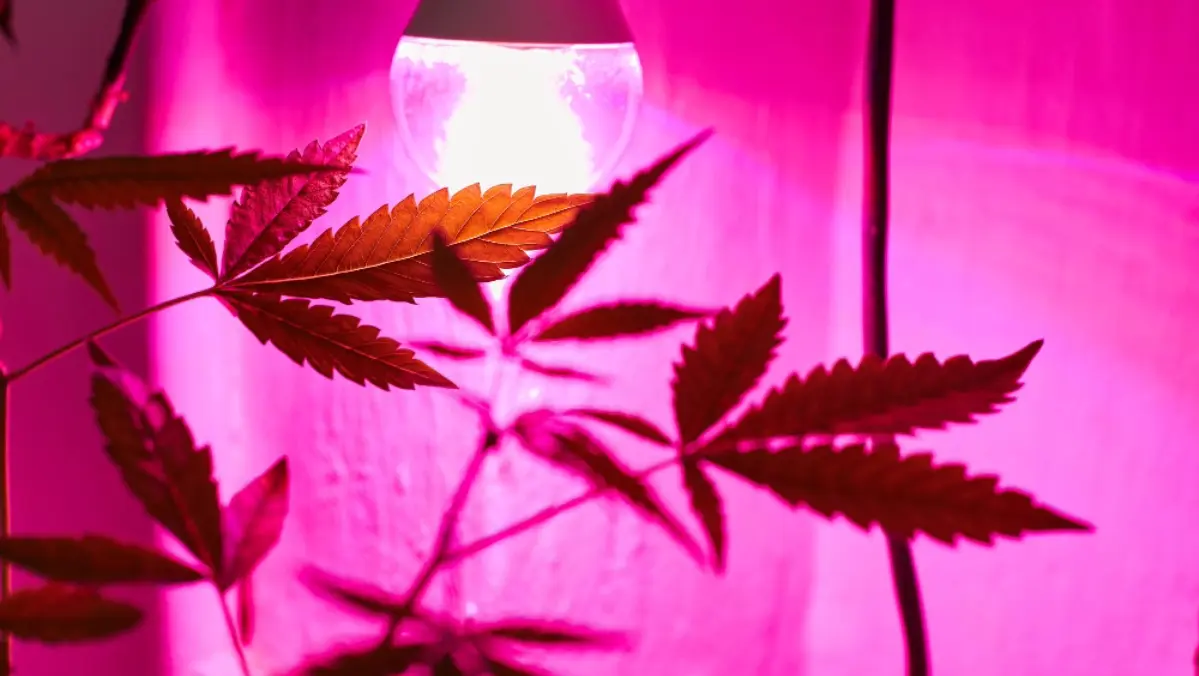
When cannabis is in its early stages of development, blue light, which has a shorter wavelength, is an essential component. It stimulates vegetative growth, contributing to compact and sturdy seedlings. Green light encourages the production of chlorophyll, which is necessary for efficient photosynthesis. Additionally, blue light promotes chlorophyll production, which is needed for photosynthesis to work well, and it also changes the structure of plants, setting the stage for healthy creation.
Red light, which has a longer wavelength, is the primary focus of attention during the flowering period. It is of critical importance in the process of initiating the blooming response, which in turn stimulates the synthesis of chemicals that are essential for the growth of buds. Red light acts as a stimulant for the production of chemicals such as cannabinoids and terpenes, which directly contribute to the potency and aroma of the cannabis product that is finally produced.
Cultivators can modify the growth environment to achieve particular goals if they thoroughly understand the intricacies of the various light spectrums. The interplay of blue and red light, tailored to different growth stages, becomes a strategic tool for cultivators aiming for optimal yields and high-quality cannabis. The precise integration of UV light in horticultural lighting solutions enhances not only the efficiency of photosynthesis but also contributes to the nuanced development of terpene and cannabinoid profiles in plants.
With a variety of Commercial LED Grow Light systems to suit both new and expert commercial growers, Grow-It-LED is a leader in the field of advanced horticulture when it comes to lighting solutions. Their lighting products, made in the USA, have significantly improved flowering, plant growth rates, and energy economy, providing an unmatched coverage area, which means higher yields and lower energy costs.
Grow-It-LED's products are based on their commitment to provide benefits that can be used across the cultivation spectrum. They may completely alter how plants develop by including specialized mirror reflectors in their designs. These lights do more than light the area; they're specifically designed to boost photosynthesis, making it more efficient than when sunlight is directly absorbed. This efficiency boost extends even to fragile seedlings, setting a new standard for successful germination.
Grow-It-LED's science-based designs, outstanding spectral outputs and product line supported by extensive research, have led to successful outcomes in the commercial cannabis industry. They grow everything from cucumbers to violets, roses to cannabis because of their lights' adaptability. Growers of any level of expertise can benefit from these products since they provide the necessary intensity throughout the whole plant life cycle.
Incredibly high photosynthetic photon flux density (PPFD) levels are among the most notable characteristics of Grow-It-LED lights. Their newest products, such as the Excalibur fixtures, are designed for high-level production and have the best PPFD/W performance available. The Excalibur fixtures' integrated reflectors improve light direction toward the canopy, maximizing the efficiency of light levels.
All Grow-It-LED fixtures are designed for commercial use and can be easily integrated with commercial dimming systems. This gives growers a lot of control and flexibility through the RJ12 connector. Along with their practicality, these fixtures exude attributes like top-notch quality, resilience, dependability, energy efficiency, lifespan, and little maintenance requirements. The integrated mounting system guarantees easy installation on light movers.
Users have reported more excellent harvests and THC percentages after using Grow-It-LED lights. One proof of the effectiveness of these LED grow lights is the noticeable return on investment—some growers have reported a remarkable 50% rise in THC.
Nothing beats the Pulsar Series and its customizable spectrum and power options regarding crop control and yield optimization. The Excalibur X Series is ideal for tiny indoor gardens and large-scale commercial locations, thanks to its foldable design, while the C Series is not foldable and caters to diverse space sizes and plant species.
An additional level of convenience is provided by the GIL100 Touch Screen controller, which offers complete controllability of the grow room through an intuitive interface. It can control up to 100 grow lights simultaneously, including the spectrum for the Pulsar Series and dimming for other fixtures.
As weed grows, the complex science of changing the light spectrum becomes more important to ensure that each growth stage gets the right amount of light, including green, yellow, red, far-red, and even ultraviolet light. This is because it is essential to ensure that each development stage is met with the appropriate amount of light. It is beneficial for seedlings to get more blue light during their initial development. This helps to promote the development of strong roots and leaves that are rich and dense.
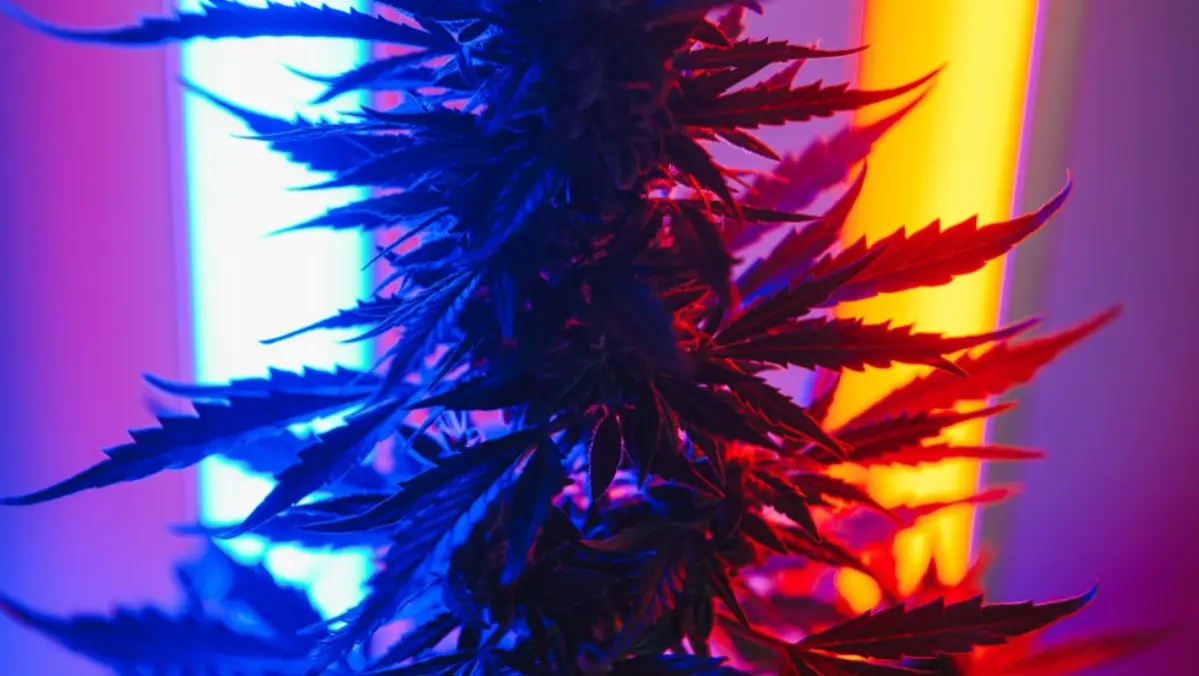
During the vegetative stage, it is ideal to have a balanced spectrum that contains both blue and red wavelengths. This particular combination encourages strong growth, which not only improves the plant's structural integrity but also brings about the possibility of increased harvests during the next flowering phase.
A change toward a greater percentage of red light becomes necessary as the cannabis plants move from vegetative to flowering. This spectrum is responsible for stimulating the flowering response, which in turn encourages the formation of buds and has an effect on the creation of cannabinoids and terpenes, which are the chemical components that determine the characteristics of the final cannabis product.
Light intensity is an essential factor that plays a critical role in the development of cannabis plants since it has a significant effect on the plants' total productivity, as well as their well-being and longevity. The term "light intensity" refers to the amount of light energy that can reach a certain point, and the influence that this has on cannabis can be significant. A sufficient amount of light intensity is equivalent to supplying the plants with the essential fuel for photosynthesis, which is the development process that is essential to their growth.
A sufficient amount of light intensity can prevent plants from becoming stretched out and lanky, making it difficult for them to reach their total capacity for photosynthesis. On the other hand, an excessive amount of light intensity can cause stress, which can be seen as leaf discoloration or even tissue damage. Therefore, it is of the utmost importance to maintain a careful equilibrium in order to guarantee that cannabis plants receive the greatest possible quantity of light energy to power their metabolic activities.
A number of factors are considered when cultivators precisely adjust the light intensity, including the type of lighting being used, the stage of plant growth, and the particular requirements of the cannabis strain. To ensure that every photon contributes to the synthesis of sugars, it is necessary to achieve the right balance. This will allow for the development of vigorous foliage, flowers, and, ultimately, high-quality yields.
When it comes to horticultural lighting, Gavita fixtures are ahead of the competition thanks to their exceptional light dispersion and maximum efficiency. Choosing Gavita shows a dedication to dependability, minimal maintenance, and, in the end, the highest return on investment.
Gavita has complete command over the longevity and quality of its products because it manufactures all of its fixtures in-house and conducts all product research and testing in its state-of-the-art laboratory.
The Gavita Pro RS 2400e LED demonstrates Gavita's dedication to cutting-edge technology and performance. This light source enhances the blue spectrum with a broad white light and boasts an efficiency rating of 3.0 μmol/J and a fantastic 2400 μmol s-1 PAR output.
By meeting the complex demands of plants at different phases of their life cycles, this one-of-a-kind spectrum may enhance terpene and cannabinoid profiles.
The flexibility and controllability of the Gavita Pro RS 2400e LED are its distinguishing features. This light fixture provides fine control without sacrificing efficiency; it can be dimmed down to 10% with the Gavita EL3 Master controller, which is offered separately. Because it uses high-quality Gavita diodes and drivers, it has incredible longevity and performance.
An integrated connector in the fixture allows for smooth integration with the Gavita EL3 Master controller, giving growers even more control over light settings.
The duration of light exposure is a crucial factor in the cultivation plan, and it is just as important as the intensity of the light that is being exposed to growth. The lifespan of the cannabis plant is characterized by several growth stages, which include seedling, vegetative, and flowering stages. Each of these stages requires a particular light period to achieve optimal development.
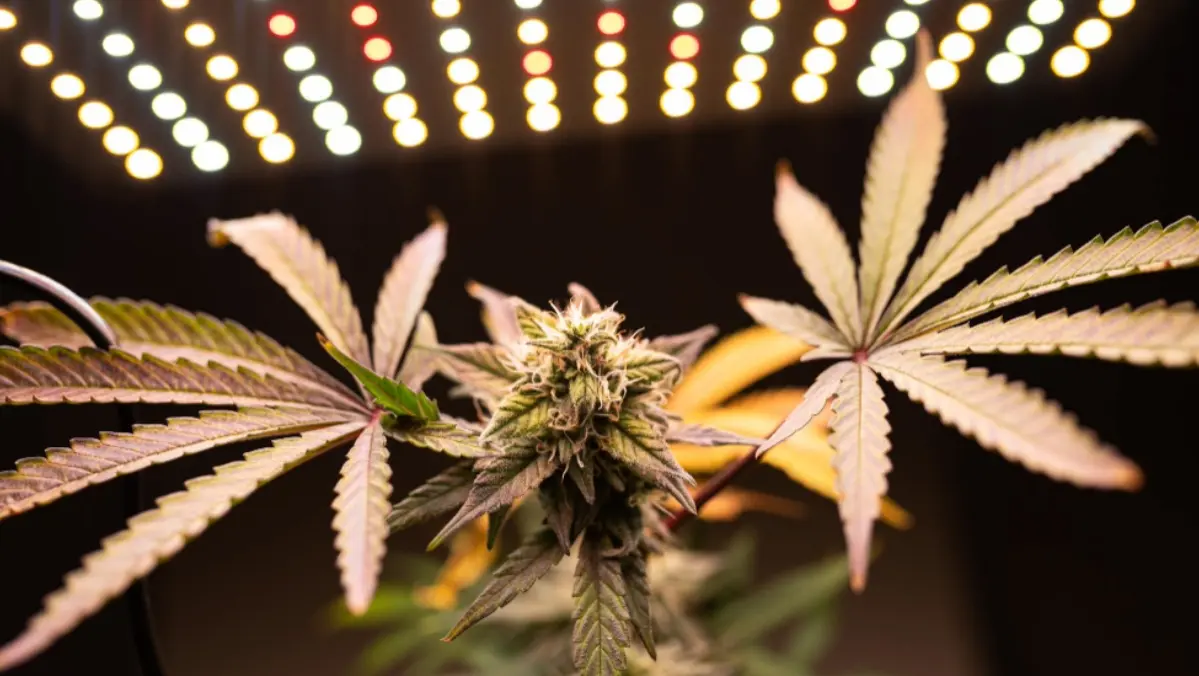
It is better to expose seedlings to light for longer during the seedling stage. The normal amount of light exposure per day is between 18 and 24 hours. This extended photoperiod supports establishing a strong root system and encourages vigorous vegetative growth. Once the seedlings have reached the vegetative stage, a photoperiod that is often used consists of 18 hours of light and 6 hours of darkness. This creates an environment that is favorable to the development of robust foliage and structural growth.
While cannabis plants are in the process of transitioning to the flowering stage, the photoperiod must be modified. The flowering response is triggered by a combination of around 12 hours of light and 12 continuous darkness. This alteration in the length of light stimulates the formation of flowers. It paves the way for the synthesis of cannabinoids and terpenes, ultimately increasing the potency and aromatic profile of the final cannabis product.
Choosing the right lighting arrangement is an essential first step when growing cannabis indoors. Making sure your plants have the best possible conditions for photosynthesis and growth depends on how you strategically set up the artificial lighting. To help you navigate the complexities of indoor lighting, here are some essential points:
Despite the regulated atmosphere, growing cannabis indoors still has its obstacles. A successful harvest depends on your awareness of these issues and your availability of efficient solutions.
It is vital to have the proper lighting when growing weed because it affects every part of the plant's growth. Cultivators must proceed cautiously as they negotiate the complex relationship between light duration, spectrum, and intensity.
A detailed environment is necessary for cannabis plants to thrive, including balancing natural sunshine with artificial lighting and thinking about LED, HPS, and MH fixtures. It becomes a technological skill to influence the core of the plant's evolution by carefully adjusting light intensity and making strategic alterations in duration.
Disclaimer: This material is for informational purposes only and should not be relied on for legal, medical, financial, or other professional advice.